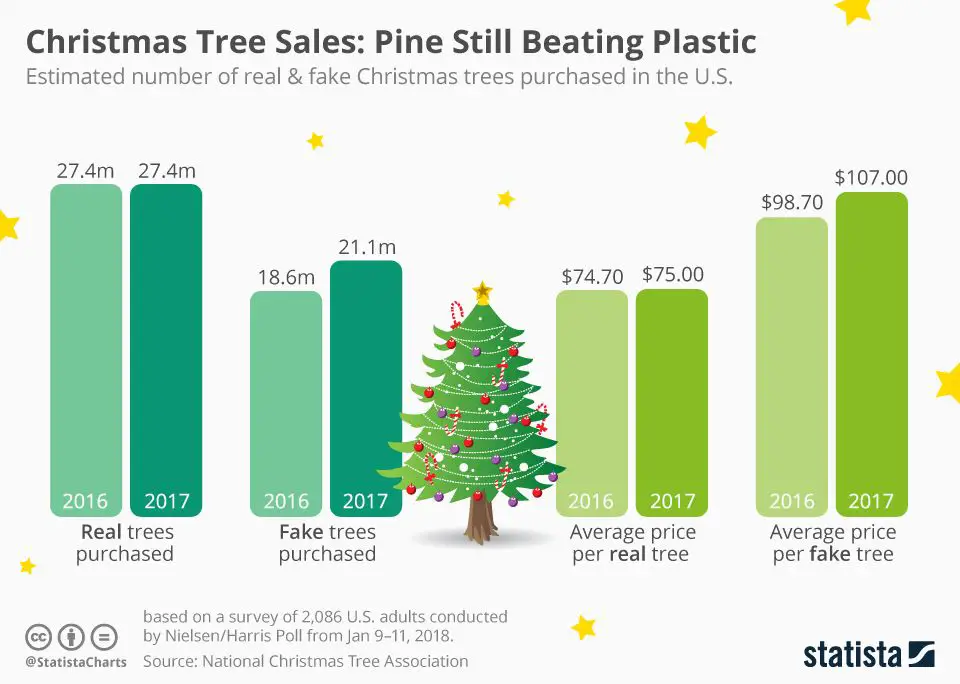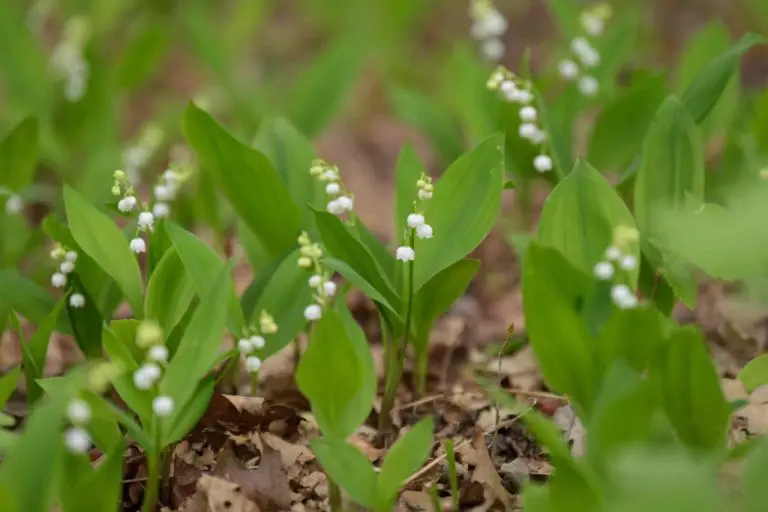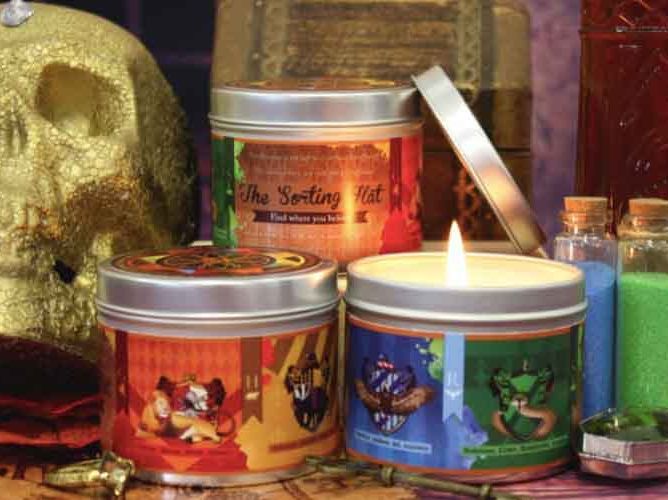What Is The Most Authentic Christmas Tree Scent?
The scent of a Christmas tree is an iconic part of the holiday season and conjures up feelings of nostalgia for many people. The evergreen aroma emanating from a freshly cut tree helps set the mood and ambiance for Christmas celebrations. But where exactly does that beloved piney fragrance come from?
The distinct Christmas tree smell is produced by volatile organic compounds like terpenes and esters within the tree’s foliage. When brought indoors and warmed to room temperature, these compounds are released into the air, producing the refreshing pine and balsam notes associated with Christmas cheer. The specific composition and intensity of scents depends on factors like tree species, age, and growing conditions.
Understanding the origins and nuances of authentic Christmas tree scents can help recapture treasured memories and traditions. This article will explore the botany, chemistry, and cultural importance of that nostalgic evergreen aroma.
Natural Tree Scent
The scent of a fresh cut natural Christmas tree like pine, fir, or spruce is often described as crisp, earthy, and forest-like. The authentic fragrance comes from the natural oils and resins within the tree, especially in the needles and sap. When the tree is cut, these aromatic compounds are released into the air. Different tree varieties have their own unique scent profiles – pine tends to be sharper and more citrusy, while fir and spruce have a woodier, almost minty aroma.
According to experts, the compounds that give Christmas trees their signature scent include pinene, limonene, camphene, cadinene, and terpineol. These conifer-sourced terpenes create an unmistakable evergreen aroma that instantly evokes the spirit of the holidays.
The intensity and longevity of natural Christmas tree scent can depend on factors like the tree’s freshness, needle retention, sap flow, and drying time after cutting. Proper care is required to preserve the full fragrance. But the authentic smell of pine needles and bark from a real Christmas tree is considered a precious hallmark of the season for many.
Artificial Tree Scent Options
The most popular artificial scents used for Christmas trees are pine, fir, spruce, and balsam. These classic evergreen fragrances provide the quintessential aroma associated with real Christmas trees. Brands create their own proprietary blends to emulate the smell of fresh cut trees.
Pine is the most common and affordable artificial Christmas tree scent. It has a clean, crisp aroma with notes of citrus and wood. Pine works well for recreating the smell of typical grocery store Christmas trees. A natural pine scent is a safe baseline option that appeals to many people.
Fir tree fragrance contains hints of bright citrus and pine. It has a pleasantly sweet and refreshing profile. Fir oil is an essential oil derived from fir trees that is sometimes added to artificial scents. This provides a more complex and natural smell compared to basic pine.
Spruce scents have earthy, herbal, green characteristics. They contain subtle fruity undertones with hints of flowers. Spruce emits a calming and peaceful aroma. It is less intense than pine but more complex. Spruce oil can also be blended with perfumes to achieve a natural Christmas tree effect.
Balsam has a rich, woodsy, and resinous scent. It is often used in air fresheners and cleaning products for its crisp and invigorating fragrance. Balsam replicates the smell of balsam fir or resinous pine trees. It has warm, sweet, spicy overtones and is frequently used in holiday candles.
Most Popular Scents
When it comes to the most popular natural Christmas tree scents, the clear winner is the balsam fir (The 6 Best Smelling Christmas Trees to Buy in 2022). The balsam fir tree, commonly found in the Northeast and Great Lakes region, is prized for its refreshing, long-lasting pine aroma. According to the Farmers’ Almanac, the balsam fir is the most fragrant natural Christmas tree variety available.
For artificial trees, the most popular scents attempt to replicate evergreen trees like pine and spruce. Top sellers include pine, balsam fir, and Douglas fir scents. Brands offer scent options as scented oils to add to the tree, scented sprays, or candles. Some artificial trees even come pre-treated with integrated fragrance oils to emit a consistent Christmas tree smell. Ultimately, the balsam fir scent remains the most preferred for both natural and artificial trees, providing that authentic, nostalgic Christmas tree aroma.
Regional Differences
Preferences for Christmas tree scents vary by region. According to a study by https://www.morningagclips.com/study-explores-the-impactful-scent-of-a-real-christmas-tree/, people in the Northeast prefer the scent of balsam fir, which has a crisp, fresh, piney aroma. This tree grows readily in northern climates and evokes the classic Christmas scent for many New Englanders.
In the Southeast, where noble and Fraser firs thrive, people often prefer the richer, woodier scents of those species. The milder climate also makes artificial trees more popular, so southerners may be more accustomed to artificial pine fragrances.
On the West Coast, people tend to favor the clean, refreshing scent of noble and grand firs. These trees have hints of citrus and growing in the mountain forests of the Pacific Northwest. The popularity of fresh, outdoorsy smells in West Coast culture likely influences preferences there.
In the Midwest, spruce trees with their sweet, earthy scents are a top choice. Their fragrance blends nicely with the smells of holiday baking that fill Midwestern homes during the season.
No matter where you live, the nostalgic scent of an evergreen tree helps evoke the Christmas spirit. Regional differences simply reflect the diverse natural landscapes and cultural traditions across America.
Scent Strength
One significant difference between natural and artificial Christmas trees is the strength and resilience of the scent. Real Christmas trees like firs, spruces, and pines have an unmistakable and powerful fresh pine aroma. The natural needles, sap, and branches give off stronger aromatic compounds than any artificial scent can replicate.

Artificial trees are manufactured with limited options for scent infusion. While some plastic trees come pre-treated with pine-like fragrances, they tend to smell barely at all or fade after the first few days. The artificial scents cannot match the robust evergreen aroma of a real tree. Manufactured fragrances lack depth and complexity compared to real pine trees.
Natural trees retain their piney scent for the entire holiday season when cared for properly with sufficient water. Artificial scents dissipate rapidly and lack the realism of an authentic evergreen smell. If you want a truly memorable and vivid pine scent in your home, a real tree is superior to a fake tree in terms of longevity and potency of aroma.
Allergy Considerations
Many people suffer from allergies triggered by Christmas trees, a condition known as “Christmas tree syndrome.” The most common allergens in Christmas trees are terpenes, the compounds that give trees their piney scent. Terpenes can cause respiratory irritation, runny nose, itchy eyes, and other allergy symptoms in sensitive individuals (https://www.uclahealth.org/news/do-you-have-a-christmas-tree-allergy).
For those with Christmas tree allergies, scent-free options are recommended. Artificial trees made from metal and plastic materials avoid natural terpenes and are less likely to cause reactions. If using a real tree, certain species like fir, spruce and cypress tend to have fewer terpenes than pine trees. Letting the tree air out in storage before decorating can help reduce scent strength as well (https://allergypacific.com/what-type-of-christmas-tree-is-best-for-allergies/).
Allergy sufferers can also try allergy medications to manage symptoms, use air purifiers, wash hands after contact, and limit time near the tree. With some precautions, most people can still enjoy holiday decorations despite sensitivities.
DIY Scent Options
There are many do-it-yourself methods you can use to make your artificial Christmas tree smell more realistic. Here are some of the most popular DIY scent options:
You can use essential oil diffusers or fragrance machines to disperse Christmas tree scents like pine, fir, and balsam throughout the room where your tree is located. Models like the Ellia Breathe Holiday diffuser allow you to switch between different scents. Simply add 15-20 drops of essential oil and let the quiet diffuser do its job over several hundred square feet (source).
Another easy DIY method is to place candles that smell like pine and balsam fir around the base of the tree. You can also burn festive incense sticks or cones to produce an authentic Christmas tree aroma. Brands like Thymes and Paddywax sell Christmas tree scented candles and incense (source).
Scented sticks, little pinecones, or Christmas tree-shaped air fresheners can be tucked into the branches of your artificial tree to produce a lovely aroma. Choose an air freshener that specifically says it replicates the scent of a fresh-cut conifer tree.
For a natural scent, you can collect pinecones or small evergreen branches and tie them to the branches of your artificial tree. The pine and fir needles will smell like an actual Christmas tree.
Most Authentic Scent
Based on research, the most authentic and natural Christmas tree scent comes from the Balsam Fir tree. The Balsam Fir is known for its strong, sweet, refreshing fragrance that fills a room. According to sources like Farmers’ Almanac and PureWow, the Balsam Fir tops the list when it comes to the best smelling and most fragrant Christmas trees.
The Balsam Fir’s needles contain pockets of resin that give off that lovely scent when the tree is brought indoors. The fragrance is often described as clean, crisp, and piney. For those looking for the most authentic and natural Christmas tree smell, Balsam Fir is the top recommendation.
Conclusion
To summarize, finding the most authentic Christmas tree scent can evoke fond seasonal memories and boost holiday enjoyment. The best scents combine nostalgia with natural notes like pine, fir, and earthy aromas. Traditional options like pine trees or potpourri provide time-tested aromas. Homemade scents allow for customization and avoiding synthetic chemicals. Commercial sprays offer convenience. Ultimately, the “right” scent depends on personal associations and preferences. But thoughtfully choosing an authentic, natural Christmas tree fragrance can greatly enhance the holiday atmosphere.




